
Intro Grammar


first we were afraid...
This lesson focuses on verbs, which describe activities such as to run or to swim, or expressions like in "I am happy."
Introduction to grammar
Our language coach recommended a brief introduction to grammar. Initially apprehensive, as we disliked grammar, our coach assured us it would be straightforward. Here's his introduction.
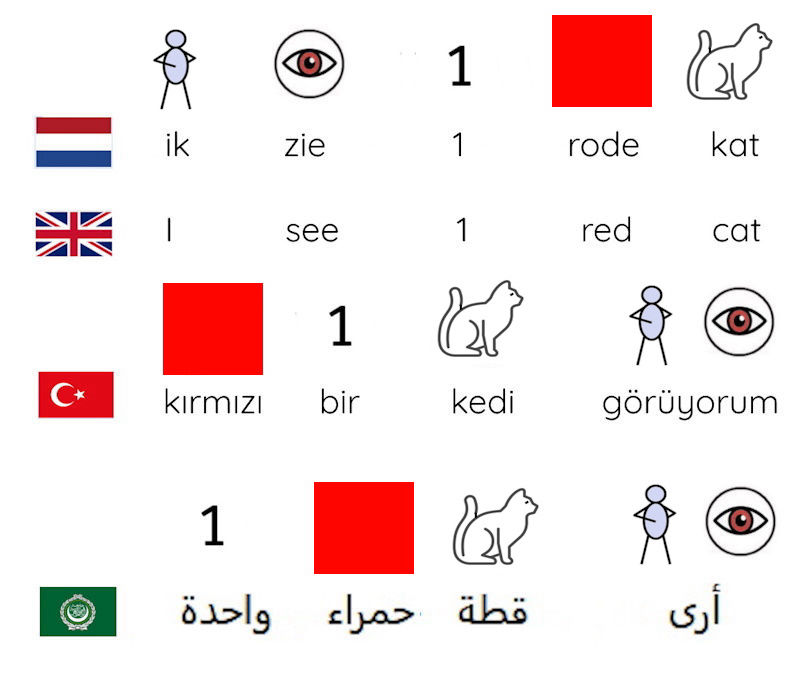
This example demonstrates the variability in word order across languages using the sentence "I see 1 red cat." The comparison shows the similarity between Dutch and English. In contrast, Turkish places the phrase equivalent to "I see" at the sentence's end, differing from both Dutch and English. Furthermore, in Turkish, the words equivalent to "I" and "see" are combined into a single word.
Then we see Arabic. Notice that the Arabic language is read from right to left.
I see 1 red cat
<<<
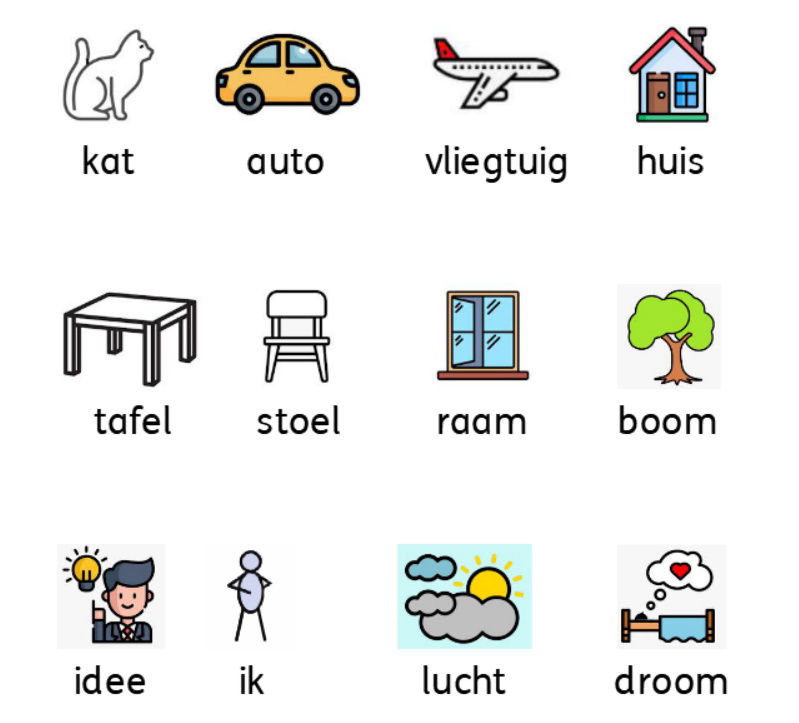
Nouns are words for objects, places, ideas and "things". Here we see several examples of nouns. So, this concept is not difficult to understand.
cat , car , airplane , house
table , chair , window , tree
idea , I , air , dream
<<<

This refers to a specific category of nouns known as personal pronouns. Though the term might seem intimidating, it simply denotes a particular group of words. Below are the commonly recognized personal pronouns:
I, you, he, she, you (polite)
we, you (plural), they
<<<
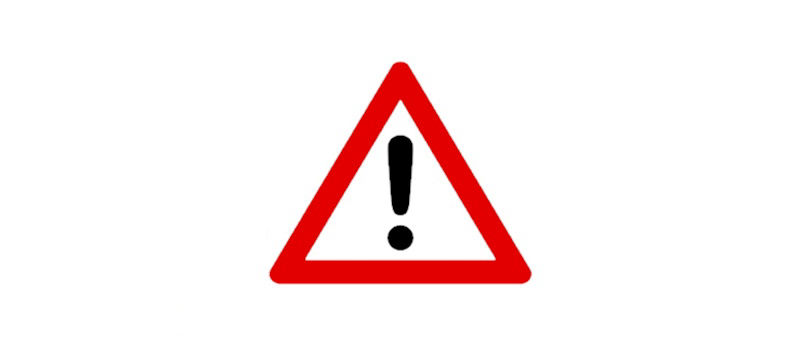
The different rules of a certain language show significant differences between various languages. Moreover, there can be important differences in the meaning of a word. If you are familiar with English (not as your native language), you know that the word "you" can have several equivalents in your own language. For instance, in Dutch, we have a familiar form and a polite form (as in most languages). The same holds for different forms of a verb in relation to the personal pronouns (the so-called conjugation). In some languages, this relation does not exist.
This course is originally written in English, as it is a language known by many people. Sometimes problems occur when translating English to Dutch due to the difficulties mentioned above. Often, we will provide the Dutch sentence alongside the sentence in your own language. Therefore, it is possible that in your own language, you don't see the differences.
This means that it is very important to also examine how the rules are in Dutch!
Verbs indicate an action, or "something a person is doing." In our illustrative language, verbs are sometimes represented with a circle (though not always). In Dutch, the personal pronoun and the verb are always separate words. However, in some languages, such as Turkish, these two are combined into a single word.
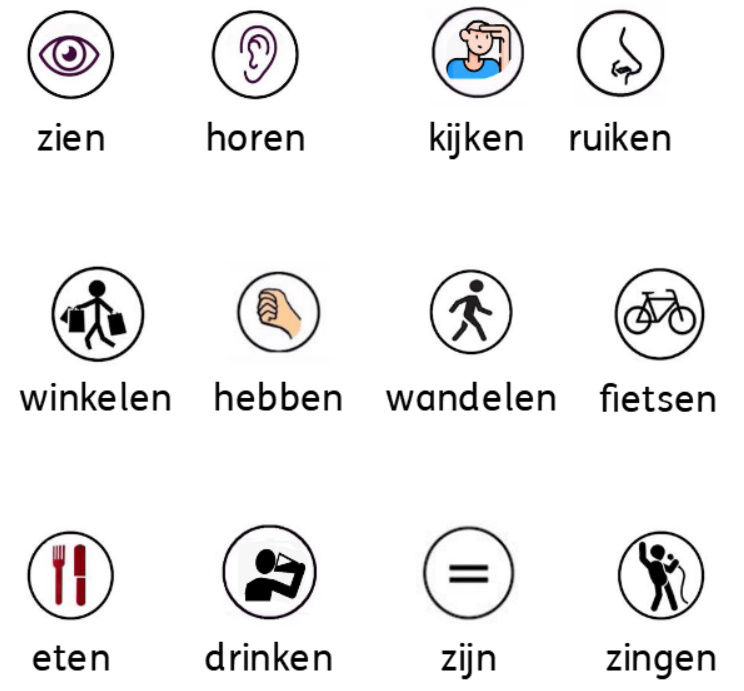
1 to see, to hear, to look, to smell
2 to shop, to have, to walk, to bike
3 to eat, to drink, to be, to sing
<<<
Verbs and time

ways of indicating time (1: actual time, 2: past time)
or that an action is finished (3)
In many languages, the conjugation of a verb changes according to the personal pronoun and whether an action relates
1: to the actual time
2: to the past time
3: a special situation: the action is terminated (definitive)
1: If no special time is indicated, the verb is related to the actual time.
2: if symbol 2 is positioned before the verb, we are dealing with the past time
3: is symbol 3 is positioned before the verb, we are dealing with the fact that the action is terminated.
In case of 3 the verb to be or to have is combined with the verb.
No we will demonstrate this.

Instruction
Our language coach said that to learn Dutch, the next part is essential. He even said that this in fact is the first series of words to study how verbs are spelled in combination with words like I, you, he, etc.
So there is only one conclusion... we had to do it. But, you will see. It is quite easy!
The following sentences demonstrate the relationship between the verb and the personal pronouns I and you.
Sentence 1: I walk in Amsterdam
Sentence 2: I walked in Amsterdam. So now we referring to action in the past. Notice how the verb "to walk" is spelled differently. This called "te=he conjugation of the verb".
Sentence 3: Now it is indicated that the action is terminated. This is indicated by a finish flag.
<<<
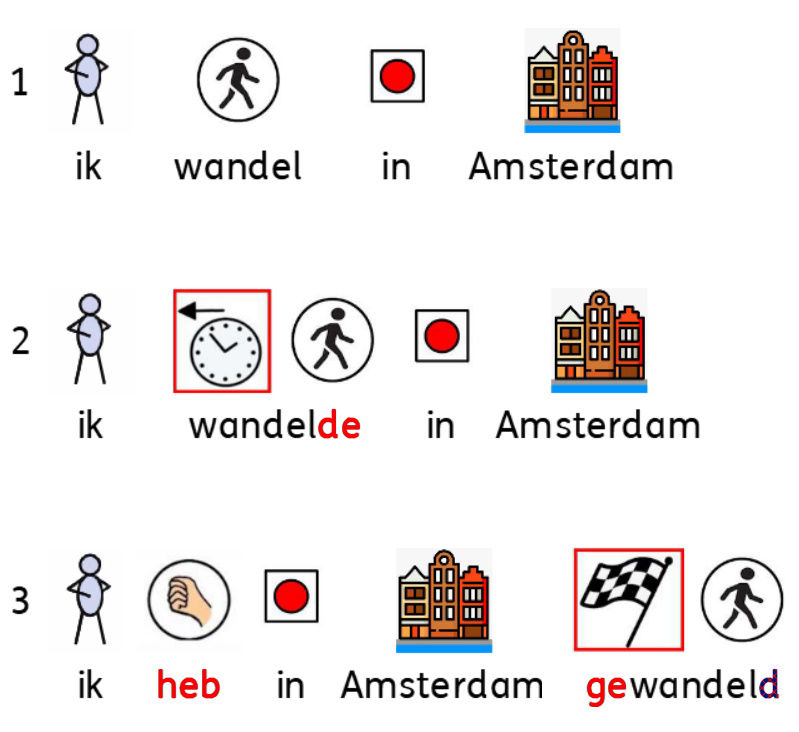
1 I walk in Amsterdam
2 I walked in Amsterdam
3 I have walked in Amsterdam
Warning:
The original course is written in English and with some languages there is no difference between 2 and 3. So it can be that in your language you see the same sentence whereas in Dutch you see different sentence!
<<<
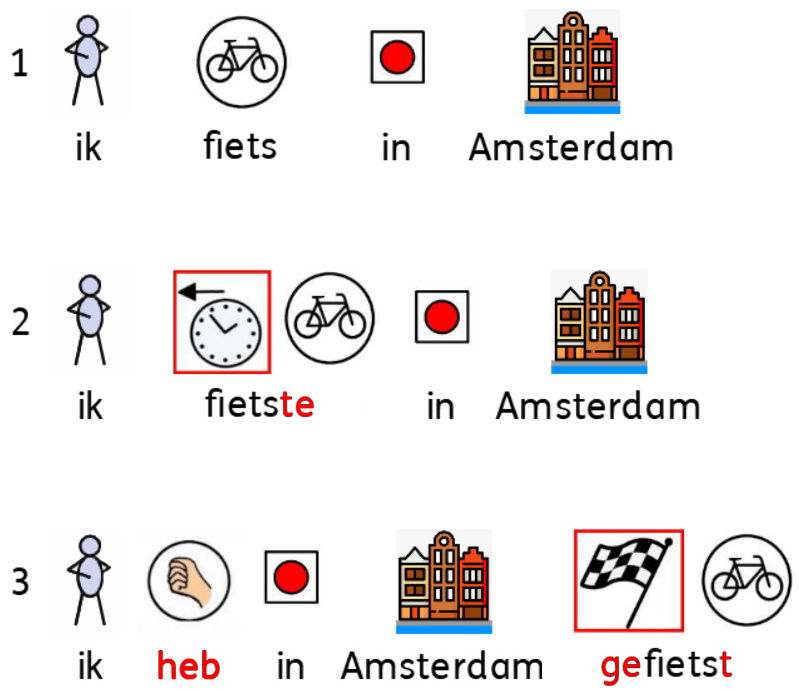
on tour
Another example
1 I cycle in Amsterdam
2 I cycled in Amsterdam
3 I have cycled in Amsterdam
<<<
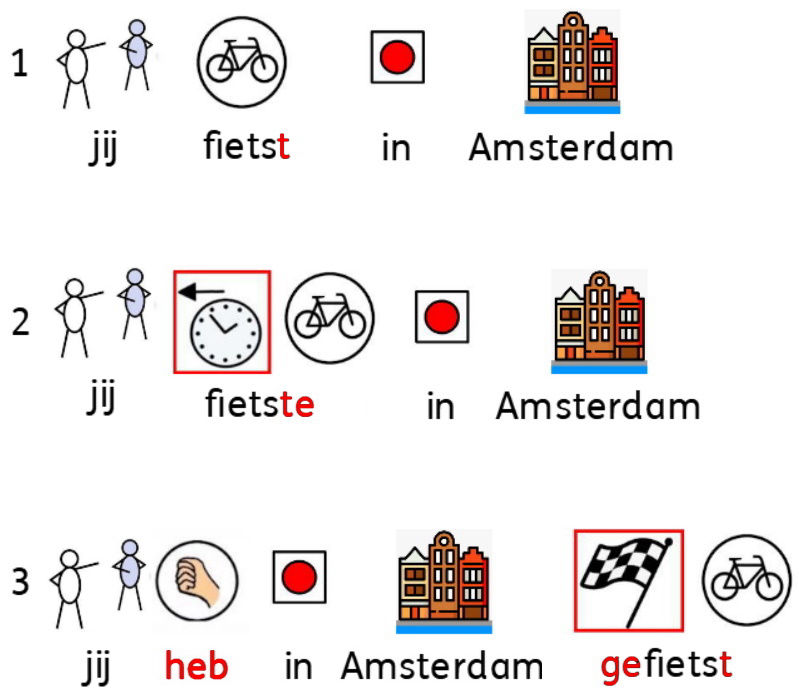
1 you cycle in Amsterdam
2 you cycled in Amsterdam
3 you have cycled in Amsterdam
<<<
The change in spelling of a verb is indicated by the word “conjugate”. Verbs are divided into different categories.
Regular verbs: strict rules apply here
Irregular verbs: There are no strict rules here
Tests

1. ?
2. ?
3. ?
<<<
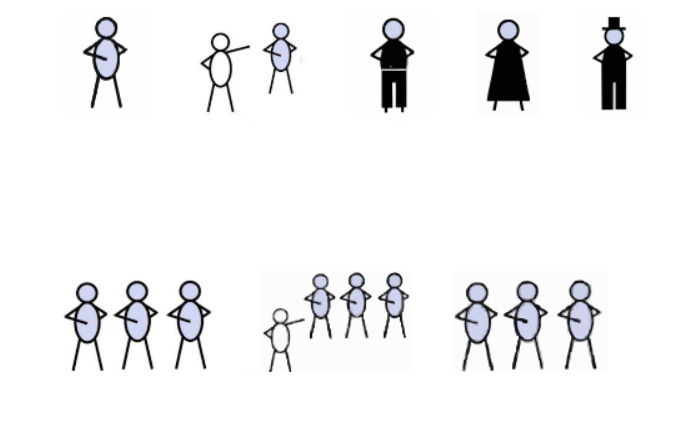
1. ?
2. ?
<<<
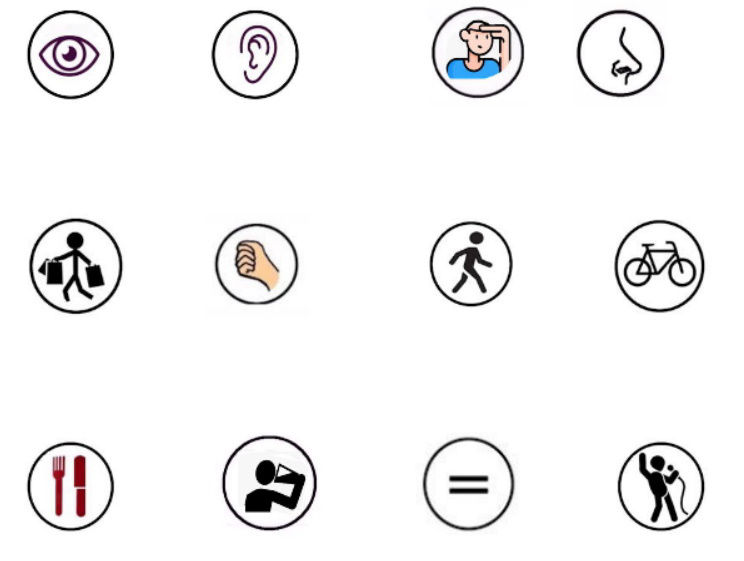
1 ?
2 ?
3 ?
<<<

1 ?
2 ?
3 ?
<<<
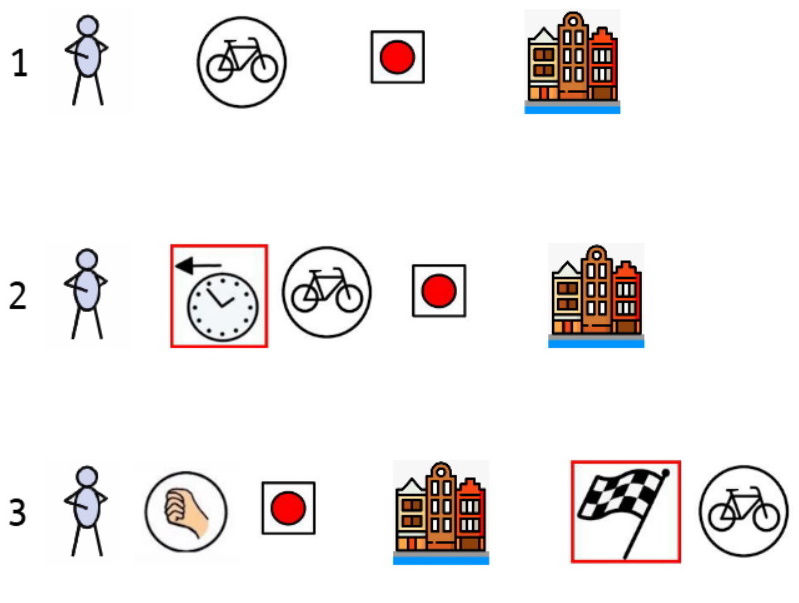
on tour
1. ?
2. ?
3. ?
<<<
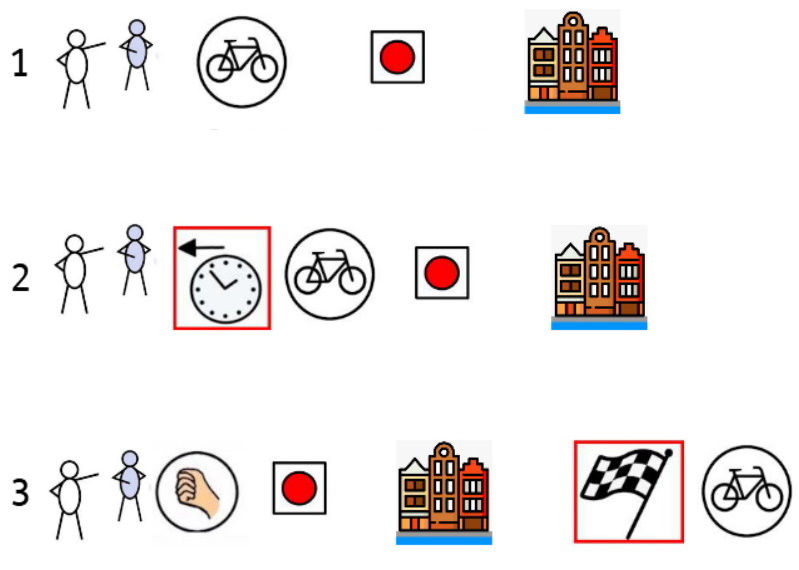
1. ?
2. ?
3. ?
<<<
Website was designed with Mobirise